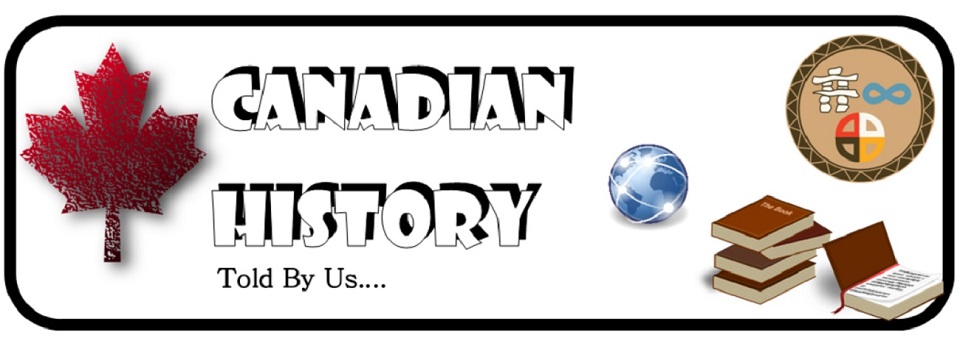http://www.thecanadianencyclopedia.ca/en/article/medard-chouart-des-groseilliers/
Des Groseilliers was born in France in a town called Charly-sur-Marne. He moved to Quebec at the age of 23 as a young man. He married his first wife the daughter of Abraham Martin, Helene. Then later married his second wife the widowed step-sister of Pierre-Esprit Radisson, Marguerite Hayet.
After Des Groseilliers trip to the west of Lake Huron he brought back 250 natives in 50 canoes. He discovered that the shore of Lake Superior was very rich in furs. He was told that the north and northwest of Lake Superior was only 7 days from the Hudson Bay by canoe. On his second voyage this time joined with his companion and brother-in-law Pierre Radisson they travelled to the south shore of Lake Superior to Chequamegon, Mille Lacs area of Wisconsin, and the north shore of Lake Superior near Pigeon River. On there way back, with there 60 canoes filled with rich furs, they were stopped and arrested for illegal trading and their furs were taken. Some French officials took the two men to Boston in the Massachusetts Bay Colony.
In 1682 Radisson and Charles Aubert de la Chesnaye formed the Compaignie du Nord or Compaignie du Baie D'Hudson and competed with the Hudson's Bay Company by trapping richer furs on James Bay which was northwest of the English post. Des Groseilliers and Radisson settled into the mouth of the Hayes River. The authorities had a big problem when the brother-in-laws reached Quebec. Sense France and English were at peace at the time. The Catholic Duke was the governor of the Hudson's Bay and later was about to be the king and rule the French Interest.
As you can tell Medard Chouart Des Groseilliers had to face many challenges in his career/his life. travelling from shore to shore on many ships and rowing in many canoes, he had to conquer the difficulties going on between the French and the English. Although he has treated the First Nations with as much respect as was possible. He did think that everyone was able to be free and live there own lives.
Here's a link to a video with a lot of good information about Des Groseilliers, if you can make it without laughing at the audio will be very educated on the history of Medard Chouart Des Groseilliers.







